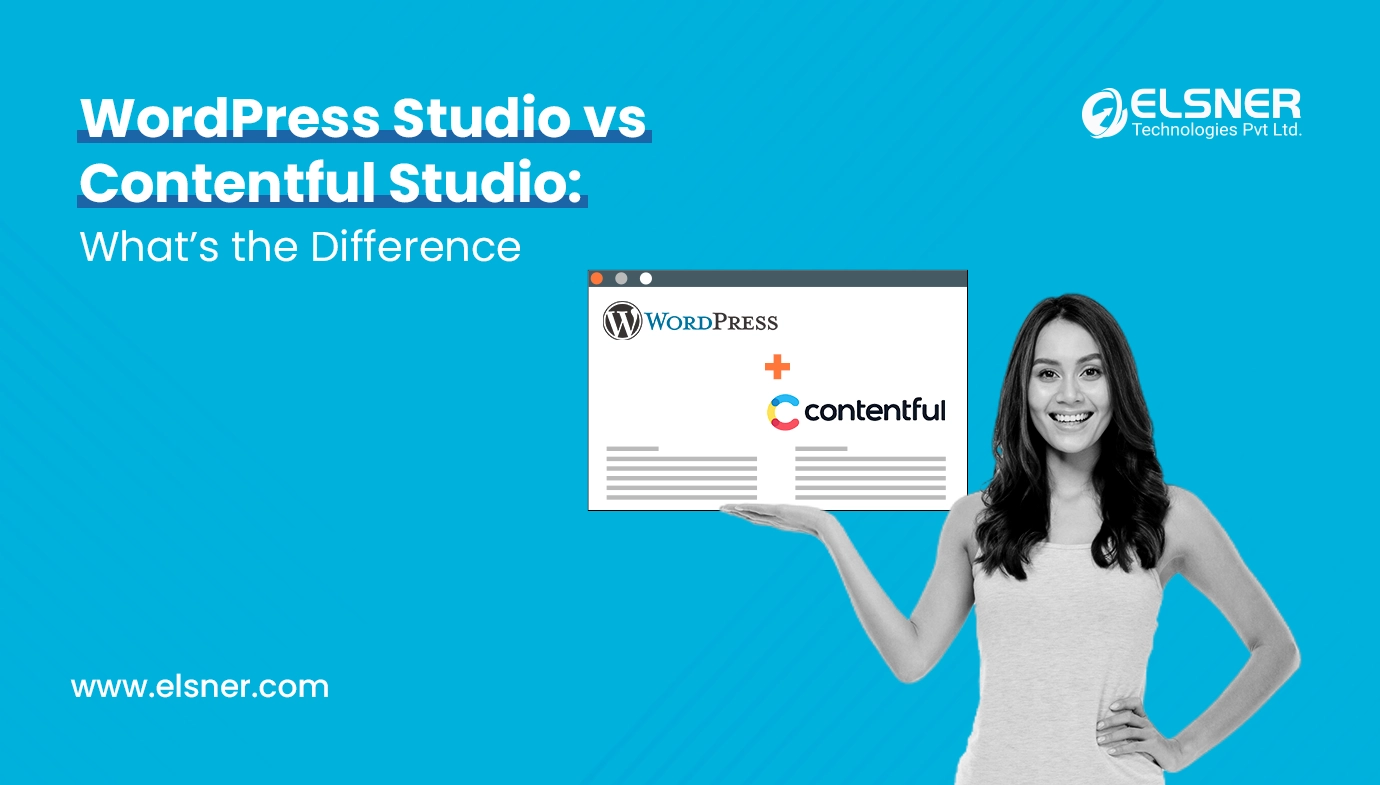- What is Shopify 1.0?
- What is Shopify 2.0?
- Theme architecture upgrade
- Flexible content for the store
- Updates in the theme editor
- New developer tools
- Better theme reference
- Better Developer tools
- Shopify CLI
- What is Shopify 2.0 for the online store?
- What are the differences between Shopify 2.0 vs Shopify 1.0?
- 1. Language
- 2. Default Theme
- 3. Default Sections
- 4. Development Tool
- 5. Shopify App Assets
- 6. Coding Structure
- 7. Theme Updates
- 8. Theme Performance
- 9. App Integration
- 10. File Picker
- How to upgrade Shopify 1.0 to Shopify 2.0?
- 1. Set the Fundamental Administrative Preferences
- 2. Upload the Shopify Content from the store
- 3. Enhance the looks of the website
- 4. Set the shipping
- 5. Handle Payment Solutions
- 6. Testing the store processes
- 7. Update the Customers
- 8. Embedded Apps
- What are the benefits of Shopify 2.0 to merchants?
If you are a business owner or an entrepreneur, you might want to pay attention to this content piece. We will share some insightful information about
Shopify 2.0 vs Shopify 1.0 to make things easier.
Whether you are starting the journey or looking for a better method to grow your business, it is important to focus on the platform updates. This ensures a smooth journey for the customers with unique features and functionalities.
If you are here, you might have already dealt with Shopify and know its benefits. Your target audience expects the revolution to deliver improved, reliable, and consistent support.
Let us begin the journey.
What is Shopify 1.0?
A commerce platform enables users to start their online store and sell products. It has become a leading platform that is designed for every business. Whether the owner is dealing will an online store, social media, or physical store or has the stocks at home. The main aim is to make selling efficient and effortless for the owners. The different types of products you might be able to view are:
- Physical: This can be anything from something made by hand, manufactured, or drop shipping.
- Digital: They can be email templates, e-courses, audio, or –books.
- Services and Consultation: This helps build a platform for customers to book online appointments and consultations.
- Tickets: Businesses deal with travel and adventure. The store helps to run networking events and sell tickets for the events hassle-free.
- Memberships: Some people might want to sell subscriptions for their business. Shopify makes it better to provide this feature or set member-only access to the content.
- Lessons: This enables consumers to buy, rent, and access online lessons from the online platform.
What is Shopify 2.0?
The future of ecommerce business depends on the customer journey and experience on the platform. Shopify 2.0 provides great flexibility and customization to users. Some major elements of this update are
Theme architecture upgrade

Until this update, there was a certain limitation in designing the store with the features of Shopify. This release introduced opportunities to personalize each aspect of the store. This adds flexibility to maintain the efficiency of the store. Adding or removing an app without disturbing the theme code is possible.
Flexible content for the store
The main improvement was adding meta fields and properties without dealing with API or code. This means you can add the exact content on the product page effortlessly. Users can also add standard meta fields and resource properties as default. The three methods available are:
- Flexible: It is easier to the type of system that will be growing over time and tailor the information.
- Presentation hints: Users can add presentation hints in the meta fields. This will allow the Liquid and Storefront API to render the merchant information.
- Standard Metafileds: This is perfect for custom themes of the store targeting different market verticals.
Updates in the theme editor
In the recent update, the developers have added different functionalities sections, which provides users flexibility. The Enhanced Theme Editor will provide a tree view of all the content on the page. This will help to hide the unnecessary blocks and update the page hierarchy.
New developer tools
With the Shopify GitHub integration, users get updated Shopify CLI tool and theme check. Developers can effortlessly streamline developing, testing, and deploying the theme updates.
Better theme reference
With this update, the developer gets all the features in one theme built with semantic markup using CSS and HTML. The Dawn Shopify theme will maximize flexibility and reduce complexity. Users can now make changes relevant to their business.
Better Developer tools
Shopify has its code language, which is used to build pages and functionalities. With the help of Shopify development services, you get access to great features for your store. Some new developer features include a version control toolset, Shopify CLI, debugging tools, and integrating GitHub.
Shopify CLI
There are certain changes in the existing tool to generate Node.js, Ruby on Rails, and app extensions. There are multiple reasons to accelerate the theme development:
- Secure method to develop, preview, and test changes in the development theme
- Initializing the new theme project using the new one as the starting point
- Liquid section and Hot-reload CSS updates instantly during development
- Push and publish themes using the command line
- Add the test data for the theme using products, customers, and draft orders
What is Shopify 2.0 for the online store?
When it comes to
Shopify 2.0 vs Shopify 1.0, you need to know the best part. It is a platform that helps to create an online store. Shopify provides a browser-based architecture, meaning you do not have to install anything to use it. Also, there is no requirement to get hosting services as this is a hosted solution.
Being the recent version of Shopify, the editor helps in making storefronts from scratch effortlessly. For the developers, it is easier to add theme extensions and manage apps.
What are the differences between Shopify 2.0 vs Shopify 1.0?
You must consider some features while comparing Shopify 2.0 and Shopify 1.0:
1. Language
Shopify 1.0:
Shopify Liquid
Shopify 2.0: Shopify JSON
2. Default Theme
Shopify 1.0:
Debut
Shopify 2.0: Dawn
3. Default Sections
Shopify 1.0:
Only on Home Page
Shopify 2.0: All Pages
4. Development Tool
Shopify 1.0:
Theme Editor
Shopify 2.0: Shopify CLI
5. Shopify App Assets
Shopify 1.0:
Developers require to host the assets
Shopify 2.0: Shopify CDN will host the assets submitted through the theme app extension.
6. Coding Structure
Shopify 1.0:
Usage of hardcode meta fields in the theme. Or rely on APIs to make changes in product pages.
Shopify 2.0: Usage of dynamic sources to add meta fields and resource properties for setting defaults.
7. Theme Updates
Shopify 1.0:
Merchants require to visit different sections to update the hierarchy of the page
Shopify 2.0: Effortless methods to update the hierarchy of the page.
8. Theme Performance
Shopify 1.0:
Theme Check and Shopify Theme Inspector for Chrome
Shopify 2.0: + Lighthouse CI GitHub Action
9. App Integration
Shopify 1.0:
Build integration logic for each theme
Shopify 2.0: Theme App extensions via app block
10. File Picker
Shopify 1.0:
Colour data and time, JSON, measurement, rating, number, text true or false, reference, URL.
Shopify 2.0: + PDF files and images
How to upgrade Shopify 1.0 to Shopify 2.0?
Online stores always look for unique features and functions to improve performance. Let us look at the process:
1. Set the Fundamental Administrative Preferences
Certain admin procedures must be completed before you add products and configure the payments:
- To ensure that migration is smooth, it is important to review all the migration factors
- Complete the basic setup like your address, email, and other information is correct
- Get the billing information and manage the store accounts
- Make sure the sensitive data is secure and authorized users can log in
2. Upload the Shopify Content from the store
When moving to Shopify 2.0, it is important to manage the items, content, and customer information prior to migration. It is vital to decide the sequence of data during migration. Some common choices are:
- Copy content from the old website
- Use Shopify Migration Applications
- Build an app that uses Admin API to complete the process
- Manually transfer the data using CSV files
3. Enhance the looks of the website
When you sign up for the Shopify account, they will have a default theme set up in the admin to get you started. It is crucial to add a new one in the admin section if you plan to customize the theme for the online store.
4. Set the shipping
Before you start selling online, setting the costs is important. This is crucial as one mistake might lead to bigger issues and losing potential customers. Make sure you have the right pricing for the products suitable for customers.
5. Handle Payment Solutions
Setting the payment provider to ensure smooth transactions on your store is crucial. The Shopify store must securely accept online payments, and with great third-party providers, this process becomes more seamless.
6. Testing the store processes
Once you have set up the process in the store, it is vital to check if everything is functioning properly. When you hire Shopify developers to test orders, they will help you understand the consumers’ procedure. The Shopify admin will have access to all the orders from their account.
7. Update the Customers
It is important to notify the customers about the recent update in Shopify. If you have a large customer base, you can send bulk invitations through different packages available in the store.
8. Embedded Apps
The update has made embedding apps on your web pages easier. It has become effortless to add features and integrate them into the new theme. Some apps integrated are:
- Application Block: This enables you to place the app functionality per your requirements in the theme.
- Custom Code: The apps can inject the code into the theme’s coding. This will help to enhance the functionality and customize the app.
- Embedded App: The app appears as an overlay. Users can also include the code in the online store that is not visible to the customers. The editor gets the privilege to preview, activate, customize, and deactivate the embedded apps.
What are the benefits of Shopify 2.0 to merchants?
The aim is to bring better infrastructure to the customers by providing great customization and flexibility to the merchants. Some components that have truly enhanced the experience are:
- Better Theme Architecture: Earlier merchants had limitations while designing their online store using the default Shopify theme and limited customization. But with Shopify 2.0, the storefront has changed, making it highly customizable in every aspect.
- Theme Editor Enhancements: It provides a tree view of the entire content, meaning merchants can hide the unnecessary theme extensions and app blocks and update it as required.
- Sections Everywhere: The new update provides an opportunity to add sections on every page. This ensures smooth customization and shopping experience.
- Seamless Integration: The feature gives you an effortless method to integrate the theme without editing the theme code. The applications are divided into blocks to provide better customization.
- Easily Manage the Metafields: The updated theme editor will enable users to add meta fields without using APIs, custom code, or apps. Insert unique content on the product pages and media, like images or PDF files.
- Faster loading speed: This is one of the major benefits which helps in user experience, conversions, and SEO.
- Editing and Customization: The easy tree view will organize the elements, and you do not have to deal with gibberish codes.
- Better App Management: Users can use the relevant apps for the store to enhance the look and feel with great personalization.
- Effective Product Information: The new store will help to store more information about the products, orders, customers, and more in the account.
- Better Checkout Process: Developers can safely integrate the Shopify apps for the checkout process. This will provide the brand interface and faster payment solutions.
- Future Proof: The framework is readily available, and the ecosystem revolves around Shopify. This means you will always be set to gain the platform’s benefits.
The Final Note
Shopify delivers a complete set of new developer tools and extensions that helps redesign the store’s user experience. You must understand the platform’s benefits when deciding between Shopify 2.0 and Shopify 1.0. Knowing the functionalities, infrastructure, and theme extensions are crucial to ensure they will meet your requirements seamlessly. You might require expert advice for proper guidance and support. Connect with the right ones to bring innovations and enhancements to your online store.

About Author
Pankaj Sakariya - Delivery Manager
Pankaj is a results-driven professional with a track record of successfully managing high-impact projects. His ability to balance client expectations with operational excellence makes him an invaluable asset. Pankaj is committed to ensuring smooth delivery and exceeding client expectations, with a strong focus on quality and team collaboration.





